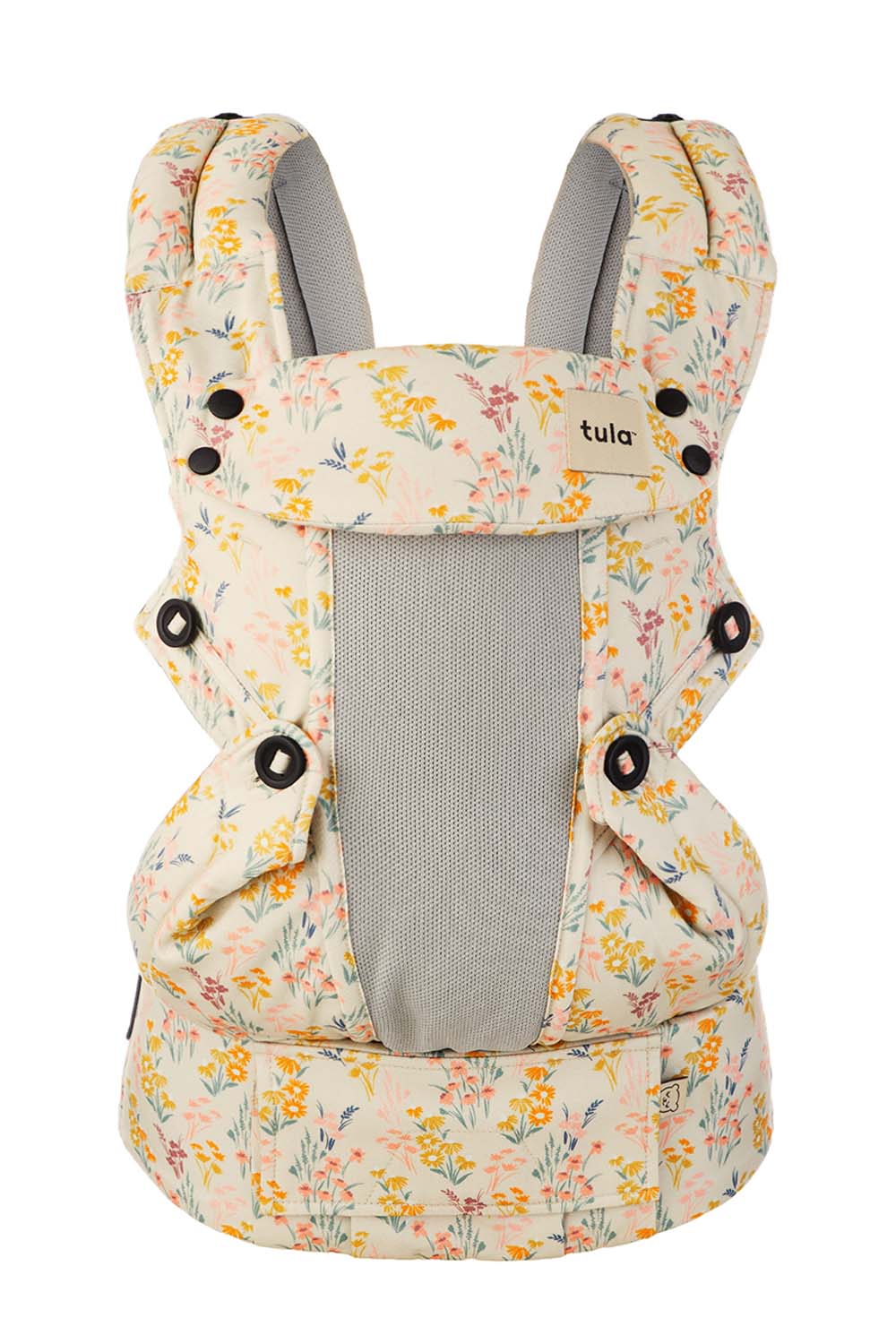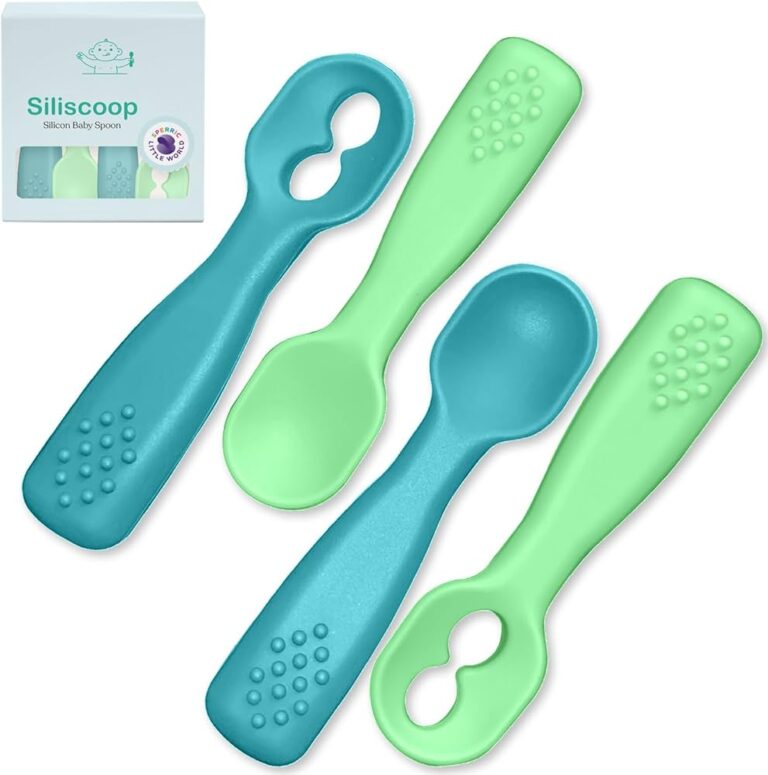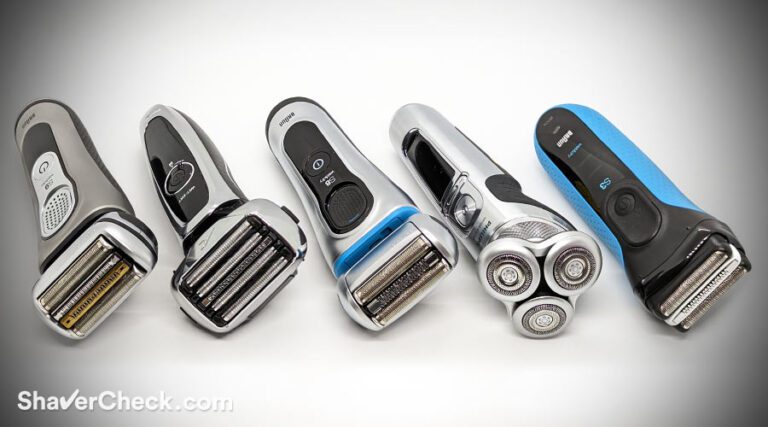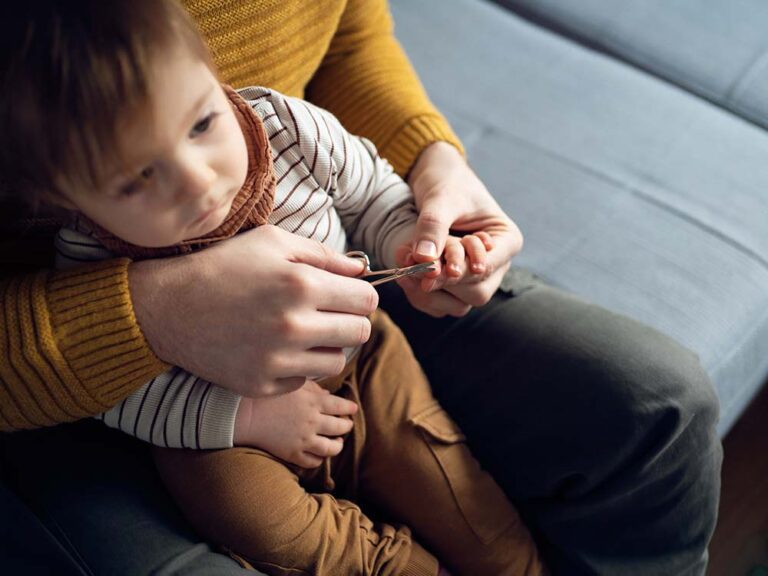How Long Can You Use a Baby Carrier? Discover the Optimal Duration
You can use a baby carrier until your baby feels too heavy or uncomfortable to carry safely, considering the maximum weight recommended by the manufacturer. Using a baby carrier can provide convenience and closeness for both parent and baby.
It allows parents to keep their hands free while keeping their baby snug and secure. Baby carriers also promote bonding and attachment between parent and baby. However, it is essential to be aware of the potential risks associated with prolonged use, such as suffocation, overheating, and hip dysplasia.
By following the manufacturer’s instructions and paying attention to your baby’s cues, you can safely enjoy the benefits of using a baby carrier.
Understanding The Lifespan Of A Baby Carrier
Understanding the lifespan of a baby carrier is essential for parents. While there is no set time limit, it’s important to consider safety and developmental risks when using a carrier for prolonged periods. Risks include suffocation, overheating, and hip dysplasia.
Factors That Determine The Optimal Duration For Using A Baby Carrier
Using a baby carrier provides numerous benefits for both parents and babies. However, it’s important to understand that there are several factors that determine the optimal duration for using a baby carrier. These factors include:
- The weight and age of the baby
- The type and quality of the carrier
- The frequency and duration of usage
- The caregiver’s comfort and physical ability
Considering these factors will help you determine how long you can safely and comfortably use a baby carrier.
Different Types Of Baby Carriers And Their Lifespan
There are various types of baby carriers available in the market, each with its own lifespan and suitability for different stages of your baby’s development. Let’s take a look at some common types:
| Type | Lifespan |
|---|---|
| Stretchy Wraps | Approximately 6-12 months |
| Ring Slings | Approximately 1-2 years |
| Soft Structured Carriers | Approximately 3-5 years |
| Mei Tais | Approximately 2-4 years |
| Backpack Carriers | Approximately 3-6 years |
It’s important to note that these lifespans are general guidelines and can vary based on the brand, quality, and care of the carrier. Regularly inspecting your carrier for any signs of wear and tear is essential to ensure its longevity and safety.
In conclusion, understanding the lifespan of a baby carrier is crucial to ensure the safety and comfort of both the caregiver and the baby. Factors such as the weight and age of the baby, the type of carrier, and the caregiver’s comfort level play a significant role in determining the optimal duration of usage. Additionally, different types of baby carriers have varying lifespans, and regularly inspecting your carrier for any signs of wear and tear is essential for its longevity.
Safety Considerations For Baby Carrier Usage
Using a baby carrier is safe as long as the baby feels comfortable and the carrier is within its weight limit. There is no official time limit for using a baby carrier, but it’s important to consider safety and developmental risks when using it for prolonged periods.
Importance Of Checking The Weight Limits Specified By The Manufacturer
When it comes to using a baby carrier, one of the key safety considerations is checking the weight limits specified by the manufacturer. Every baby carrier has a maximum weight capacity that it can safely support. Exceeding this weight limit can compromise the stability and integrity of the carrier, putting both you and your baby at risk.
Before using a baby carrier, carefully read the manufacturer’s instructions to find the weight limits. These instructions are usually provided in the user manual or can be found on the carrier itself. Make sure to adhere to these weight limits to ensure optimal safety for your baby.
Ensuring The Carrier Is In Good Condition Before Each Use
Another important safety consideration is ensuring that the baby carrier is in good condition before each use. Regularly inspect your carrier for any signs of wear and tear, such as loose straps, broken buckles, or frayed fabric. If you notice any damage, it’s crucial to refrain from using the carrier and repair or replace it immediately.
Perform a thorough visual examination of the carrier, checking for any potential safety hazards. Ensure that all straps and fastenings are secure and in proper working condition. Additionally, inspect the fabric for any tears or holes that could pose a risk to your baby’s safety. By regularly checking the condition of your baby carrier, you can minimize the chances of accidents or injuries during use.
For optimal safety, it’s also recommended to follow the baby carrier’s specific care instructions. This may include washing instructions, storage guidelines, and other maintenance tips to keep the carrier in good shape.
Overall, prioritizing the safety of your baby when using a carrier is crucial. By checking the weight limits specified by the manufacturer and ensuring the carrier is in good condition before each use, you can provide a secure and comfortable experience for your little one.
Remember, always refer to the manufacturer’s guidelines and consult with healthcare professionals for specific advice regarding your baby’s age, development, and individual needs.
Signs That Indicate It’s Time To Stop Using A Baby Carrier
There is no official time limit for using a baby carrier, but signs that indicate it’s time to stop include when your baby feels too heavy or uncomfortable to carry safely. Check the carrier’s instructions for its maximum weight capacity.
Physical Indicators That Your Baby Has Outgrown The Carrier
As your baby grows, there will come a time when they outgrow their baby carrier. It is important to look out for the following physical indicators that suggest your little one might no longer be comfortable or safe in the carrier:
- Baby’s legs hang straight and no longer assume the “M” position
- Baby’s feet constantly press against the carrier or parent’s body
- Baby’s head is no longer properly supported by the carrier
- Baby’s face appears pressed against the fabric, making it difficult for them to breathe properly
- Baby’s body seems cramped and restricted in the carrier
Common Discomforts Experienced By Babies In Carriers
Besides physical indicators, it is also essential to be aware of the common discomforts babies may experience when using a carrier. These discomforts may indicate that it is time to transition to a different form of baby transport:
- Baby shows signs of overheating, such as heavy sweating
- Baby constantly fusses or cries while in the carrier, indicating general discomfort
- Baby’s neck becomes strained or unsupported, leading to potential neck aches
- Baby’s hips and legs appear to be in an unnatural and uncomfortable position for extended periods
- Baby seems unsettled or restless, displaying signs of restlessness or agitation
If you notice any of these signs, it is crucial to stop using the carrier and consider alternative ways to carry or transport your baby. Your little one’s comfort and safety should always be the top priority.
Transitioning From A Baby Carrier To Other Carrying Methods
Transitioning from a baby carrier to other carrying methods is essential as your baby grows. It is important to know how long you can safely use a baby carrier. Be mindful of your baby’s weight and comfort, and follow the manufacturer’s guidelines for maximum weight limits.
Exploring Alternative Carrying Options As Your Baby Grows
As your baby grows and becomes more independent, you may find that using a baby carrier is no longer the most suitable option for carrying them. Transitioning from a baby carrier to other carrying methods can offer new benefits and experiences for both you and your little one.Benefits Of Using Different Carrying Methods At Different Stages
Using different carrying methods at different stages of your baby’s development can provide numerous advantages. Here are some benefits to consider: 1. Developmental support: Alternative carrying methods, such as slings, wraps, or backpack carriers, offer different levels of support for your baby’s development. For example, wraps provide a snug and secure environment for newborns, while backpack carriers can accommodate older babies who want to explore the world from a higher vantage point. 2. Variety: Introducing different carrying methods can add variety to your daily routine and provide new experiences for your baby. This variety can stimulate their senses and promote cognitive development. 3. Hands-free convenience: While baby carriers allow for hands-free carrying, other methods like strollers or wagons can offer additional convenience. These options are particularly useful when you need to multitask or when your baby wants to sit or lie down comfortably. 4. Weight distribution: As your baby grows, their weight increases, and using alternative carrying methods can help distribute that weight more evenly across your body. This can reduce strain on your back and shoulders, promoting better posture and preventing discomfort. 5. Bonding opportunities: Exploring alternative carrying methods can create new opportunities for bonding with your little one. Whether it’s through skin-to-skin contact in a wrap or by sharing a view from a backpack carrier, these close interactions can strengthen the parent-child bond. It’s important to note that each baby is unique, and their preferences may differ. It’s always a good idea to consult with your pediatrician or a babywearing expert to determine the most suitable carrying methods for your child’s age and developmental stage. In conclusion, transitioning from a baby carrier to other carrying methods can offer a range of benefits for both you and your growing baby. By exploring different options, you can find the most comfortable and engaging ways to carry your little one as they continue to develop and explore the world around them.Tips For Prolonging The Lifespan Of Your Baby Carrier
To prolong the lifespan of your baby carrier, follow these tips: regularly check for wear and tear, wash according to instructions, store it properly, avoid excessive weight, choose a carrier suitable for your baby’s age and size, and handle with care.
By taking these steps, you can ensure that your baby carrier lasts longer and remains safe for use.
Proper Maintenance And Care To Ensure Longevity
Maintaining your baby carrier properly is crucial for ensuring its longevity and continued safe use. By following a few simple maintenance tips, you can extend the lifespan of your carrier and keep it in excellent condition for years to come.
- Clean regularly: Regularly clean your baby carrier to remove dirt, stains, and odors. Refer to the manufacturer’s instructions for the appropriate cleaning method. Some carriers may be machine washable, while others may require handwashing or spot cleaning.
- Inspect for damage: Before each use, inspect your carrier for any signs of wear and tear. Look for loose threads, frayed edges, or broken buckles. If you notice any damage, refrain from using the carrier until it has been repaired or replaced.
- Secure fastenings: Ensure that all fastenings, such as buckles and straps, are securely fastened before placing your baby in the carrier. Loose or improperly fastened fastenings can compromise the safety and stability of the carrier.
- Avoid excessive force: When adjusting straps or buckles, avoid applying excessive force. Gentle and controlled movements will help prevent any unnecessary strain on the carrier’s components.
- Follow weight limits: Adhere to the weight limits specified by the manufacturer. Exceeding these limits can put undue stress on the carrier, potentially leading to damage or failure.
Storing The Carrier Correctly When Not In Use
Properly storing your baby carrier when it is not in use is essential for preserving its quality and prolonging its lifespan. By following these storage tips, you can ensure that your carrier remains in excellent condition and ready for use whenever you need it.
- Clean and dry: Before storing your carrier, make sure it is clean and completely dry. Any moisture or dirt left on the carrier can lead to mold growth or fabric deterioration over time.
- Store in a dry, dust-free area: Choose a storage location that is dry and free from dust and direct sunlight. Excessive moisture and prolonged exposure to sunlight can cause color fading and fabric degradation.
- Hang or fold properly: Depending on the type of carrier, you may choose to hang it or fold it neatly for storage. Hanging can help prevent wrinkles and maintain the shape of the carrier, while folding is a space-saving option for smaller storage areas.
- Avoid sharp objects: Keep your baby carrier away from sharp objects that may puncture or tear the fabric. Store it in a safe place where it is unlikely to come into contact with any potentially damaging items.

Credit: www.babymaxi.com
Frequently Asked Questions For How Long Can You Use A Baby Carrier
When Should You Stop Using A Baby Carrier?
Stop using a baby carrier when your baby feels too heavy or uncomfortable. Check the carrier’s maximum weight limit. Be aware of safety risks and follow the instructions for proper use.
Can You Put A 2 Year Old In A Baby Carrier?
Yes, you can put a 2 year old in a baby carrier as long as they are comfortable and within the weight limit specified by the carrier’s instructions. It is important to ensure that the child’s mouth and nose are visible while in the carrier.
What Is The Age Limit For Baby Carrier?
The age limit for a baby carrier depends on the weight and comfort of your baby. Stop using the carrier if your baby feels too heavy or uncomfortable. Check the carrier’s instructions for its maximum weight limit. Ensure your baby’s mouth and nose are visible in the carrier for safety.
What Are The Disadvantages Of A Baby Carrier?
The main disadvantage of a baby carrier is the potential for suffocation if the baby’s mouth and nose are not visible. (17 words)
Conclusion
Carrying your baby in a carrier is a convenient and comforting way to bond with them. While there is no official time limit on how long you can use a baby carrier, it’s important to prioritize safety and comfort. Make sure to check the weight limit specified by the carrier manufacturer and be aware of potential risks like suffocation, overheating, and hip dysplasia.
Always ensure that your baby’s airways are clear and visible when they are in the carrier. Ultimately, the duration of babywearing should be determined by your baby’s comfort and your own preferences.








